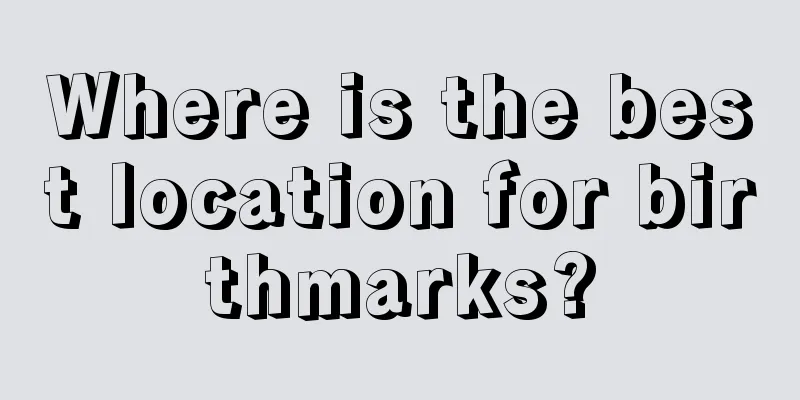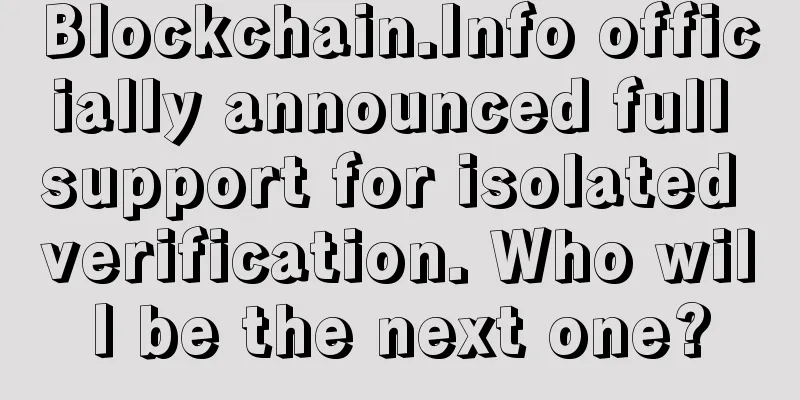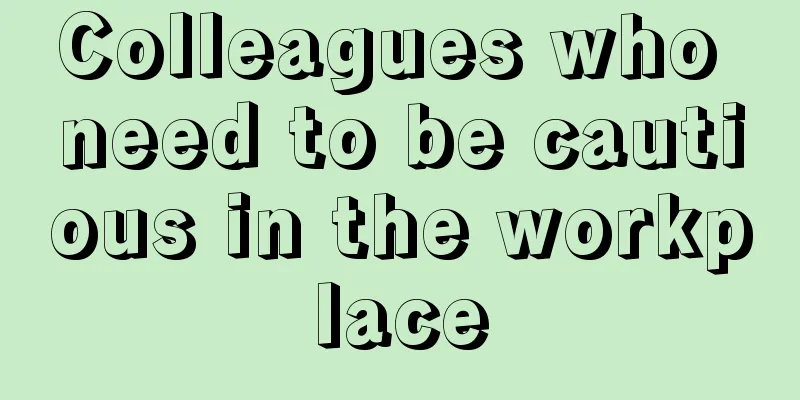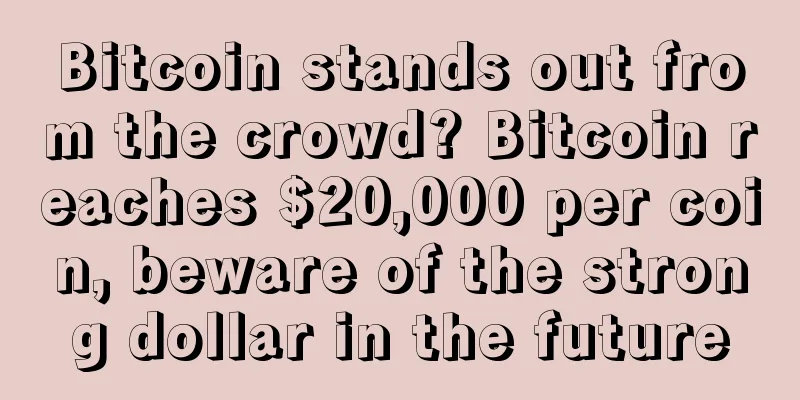UBS former CIO: Commercial adoption of blockchain in banks will come, but will be a few years later than expected
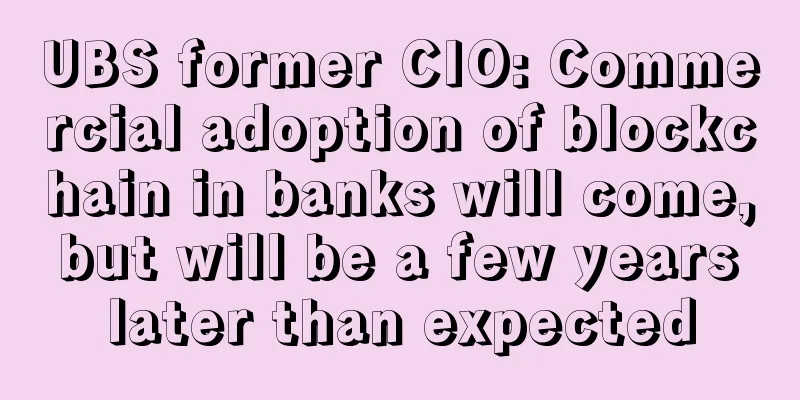
|
It may take banks two years or more to push blockchain software systems into commercial production, said the former head of digital ledger technology at UBS. ‘Blockchain technology will revolutionize financial services’ has dominated the headlines lately. JPMorgan Chase, Barclays, Commonwealth Bank of Australia, Wells Fargo and other global banking giants are exploring the use of the digital ledger technology to conduct stock swaps, cross-border transactions and other types of transactions. You might think blockchain has gone mainstream. But not so fast, says Oliver Bussmann, former UBS CIO. He claims it will take banks another two years to get blockchain products running due to regulatory hurdles, lack of standards and other stumbling blocks. Bussmann started the bank’s blockchain efforts last year when he was in charge of IT at UBS. He said:
As a web-based digital ledger, blockchain creates a copy of data for every transaction stakeholder, using cryptography to ensure data security and trust. The technology's decentralized processing and encryption make it difficult to break, so it is considered a reliable tool to facilitate the exchange of currency or verify the origin of goods in the supply chain. Blockchain's verification capabilities also make it a potential milestone technology for the development of the Internet of Things, where current IoT devices are very vulnerable to being compromised and controlled by malicious code. Listen, the opponents are speakingBussmann is bullish on blockchain technology, comparing its arrival to the advent of the internet 20 years ago. He said banks could use the technology to cut processing and infrastructure costs while speeding up transaction processing. He also said blockchain transactions could reduce the current cost of $25 per transaction and several days for cross-border transactions to $1 per transaction and a few minutes . Bussmann said this would disrupt the financial services industry. However, Bussmann is a pragmatist, citing a recent IBM study that found that 15% of 200 banks surveyed expect to launch commercial blockchain products in 2017. Bussmann said a lack of confidence and business standards, shared data formats, enterprise processes and roles and responsibilities for resolving complex financial transactions will hinder blockchain adoption in the short term. Bussmann said:
Banks also need to wait for regulatory approval to collect, store and share customer data. Cross-border blockchain transactions are particularly challenging because they require approval from regulators in different countries, and few of these regulators are publicly supportive of this emerging technology. For example, Bussmann pointed out that regulators in the UK, Singapore and other countries are further along in their understanding and acceptance of blockchain than the United States. Bussmann said that U.S. statutory companies will not participate in production blockchain solutions before 2018. In addition, embracing emerging technologies requires strict verification, confirmation, and sign-off by internal compliance teams. Especially in the context of the hacker attack on The DAO, the largest crowdfunding project in history, we need to be extra vigilant about this technology. The high sensitivity of bank boards to cybersecurity will slow down the application of this technology in most banks. Bussmann said,
Bussmann said that blockchain is more likely to be launched in full commercial production in areas such as supply chain, real estate, medical and government services, especially in the field of Internet of Things. Goldman Sachs Group predicts that in the next 10 years, blockchain will add billions of dollars in revenue and cost savings in the sharing economy, insurance and infrastructure sectors. Bussmann said that blockchain adoption in other industries will put more pressure on the financial services industry to join the field, but that won’t happen in the next 12 to 24 months. Indeed, IBM said it expects 65% of large banks to have blockchain projects as products within three years. Fighting back against naysayersBussmann’s warning may seem a little surprising, as there has been so much news about blockchain that it’s hard to keep track of who is doing what. In recent months:
Bussmann said these use cases are encouraging and important for financial services organizations looking to compete in the early blockchain space.
Other blockchain consultants agree. David Schatsky, a managing director at Deloitte, said financial services and banking institutions account for the majority of blockchain investments, which means they will produce more blockchain applications than other industries. Still, Schatsky said banks will have to overcome obvious regulatory and compliance hurdles, not to mention the traditional trade finance and payments systems that have served them for decades. Schatsky said:
Zilvinas Bareisis, an analyst at banking consultancy Celent, said the hype around blockchain is far beyond the grasp of most companies and regulators; not enough people understand the technology. For example, regulators and companies will carefully evaluate and manage such a shared digital ledger, through which customer data can be accessed by many people. Bareisis said:
|
<<: Coin Zone Trends: Bitcoin Price Trends Based on Big Data This Week (2016-11-16)
>>: What is WINGS? Why can it lead you into the DAO era?
Recommend
A woman with three white eyes looks poor. Does she look poor?
A person's appearance of poverty is often wri...
How can a man with a mole on his forehead achieve success in his career?
What does it mean if a man has a mole on his fore...
Is it good for a woman to have a mole on the sole of her foot?
Each of us has many moles of different sizes and ...
Bitmain Hard Fork
Author: Jiang Xiaoyu, Editor: Qin Jin Bitmain, wh...
Does a broken love line in the palm of your hand mean a breakup of your relationship?
How to interpret the broken love line in palmistr...
Will good fortune come to you according to your face?
Will good fortune come to you according to your f...
What kind of face attracts wealth? People with fleshy cheekbones
In fact, to see whether a person can accumulate w...
Detailed Explanation of the Sixty-Four Hexagrams_Hexagram 19: Di Ze Lin
The sixty-four hexagrams in the Book of Changes r...
V God's short essay: Defending Bitcoin maximalism
On April Fool’s Day, April 1, Ethereum founder Vi...
Which crypto exchange holds the most Ethereum?
According to Blockbeats, on October 29, according...
How to see diseases through facial features
In fact, a person's health and disease condit...
Facial features of a person who is very smooth in dealing with others
A person's IQ and EQ can be easily seen from ...
Analysis of the five auspicious moles on men's faces
As one of the traditional physiognomy techniques, ...
Short chin features
There is no identical face in the world, not even...
Where are the moles of wealth located?
Where are the moles of wealth located? Statement:...


